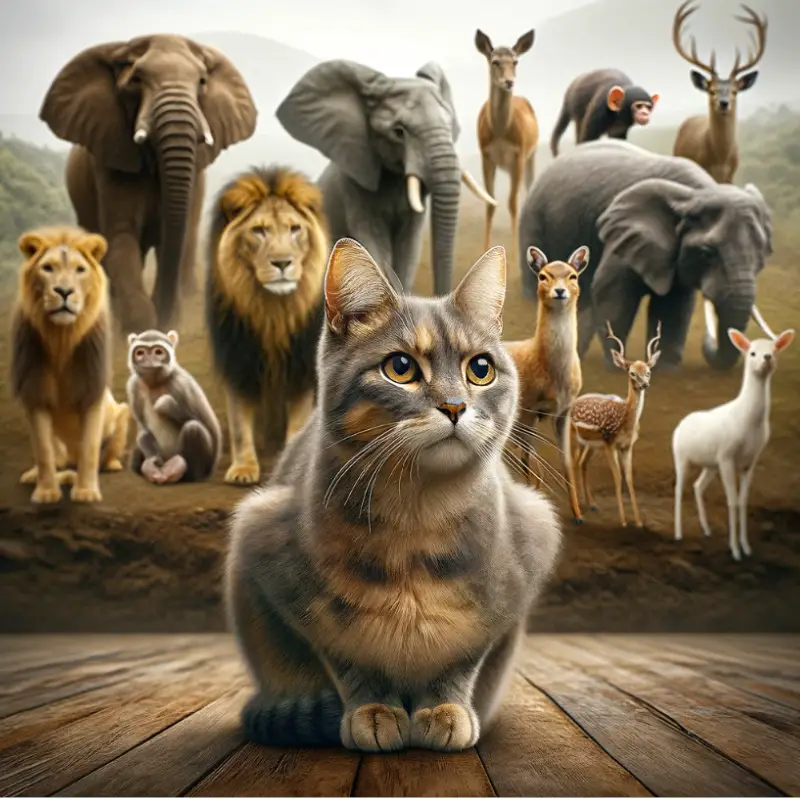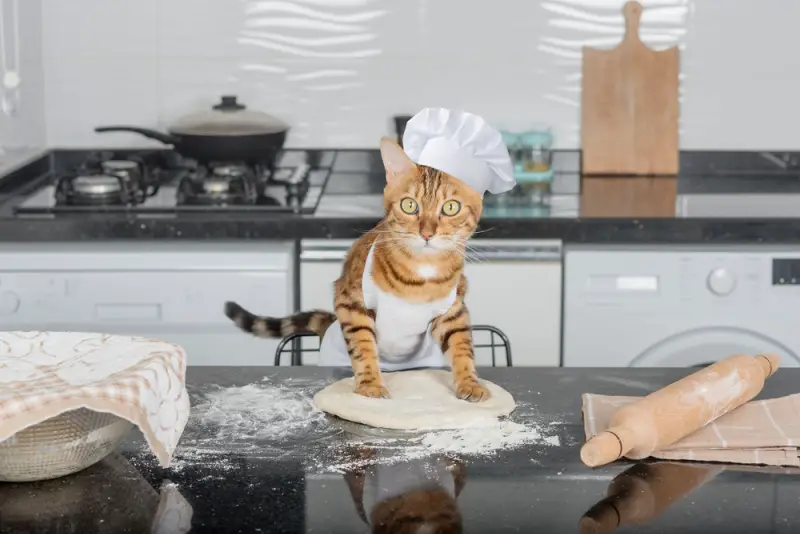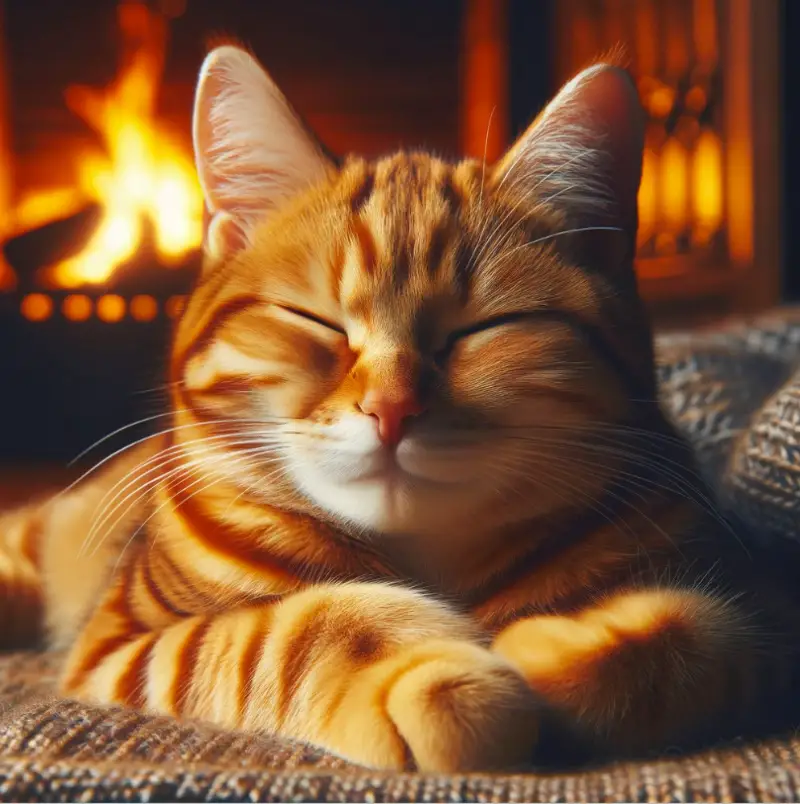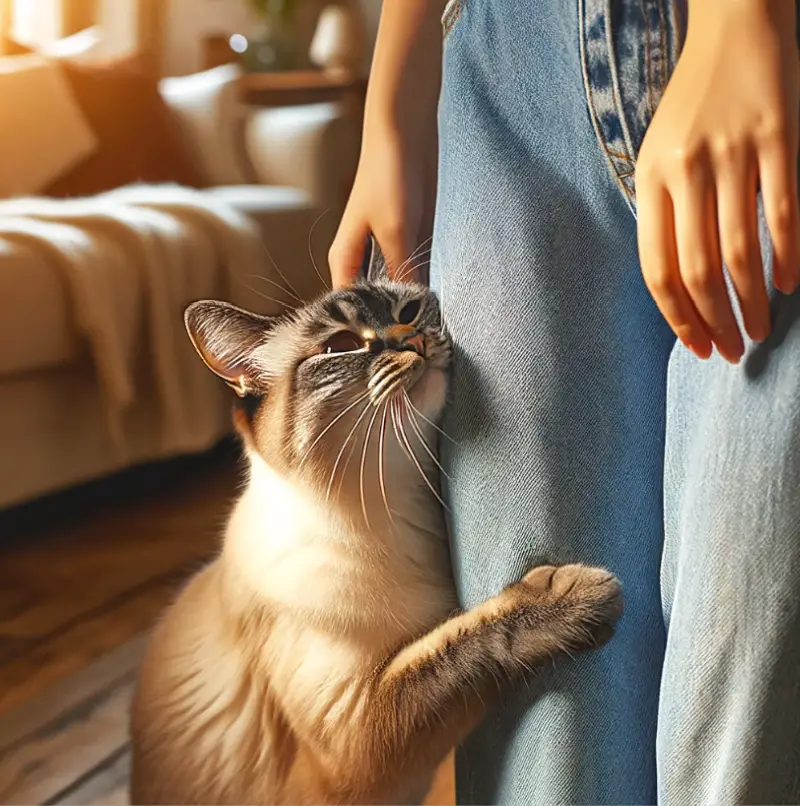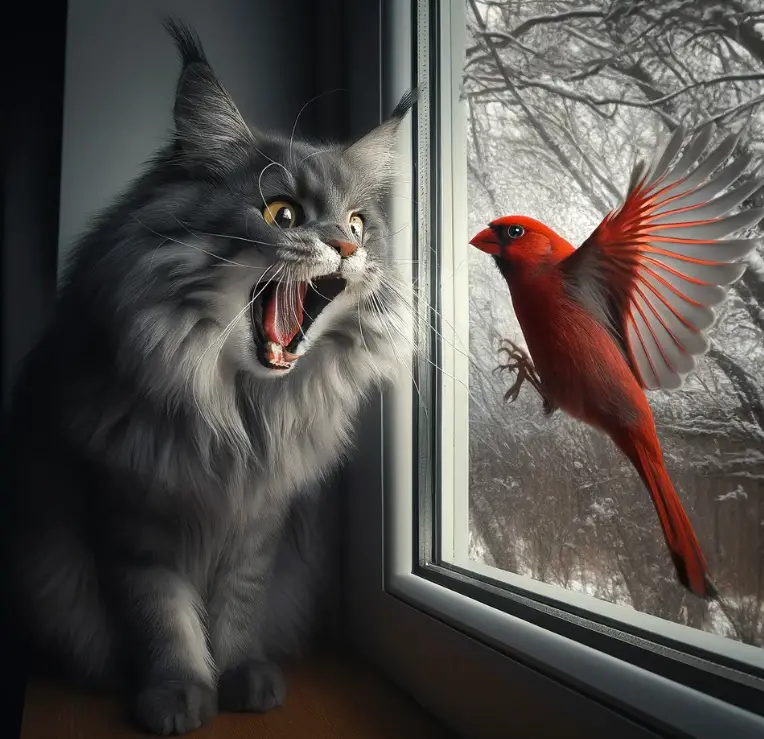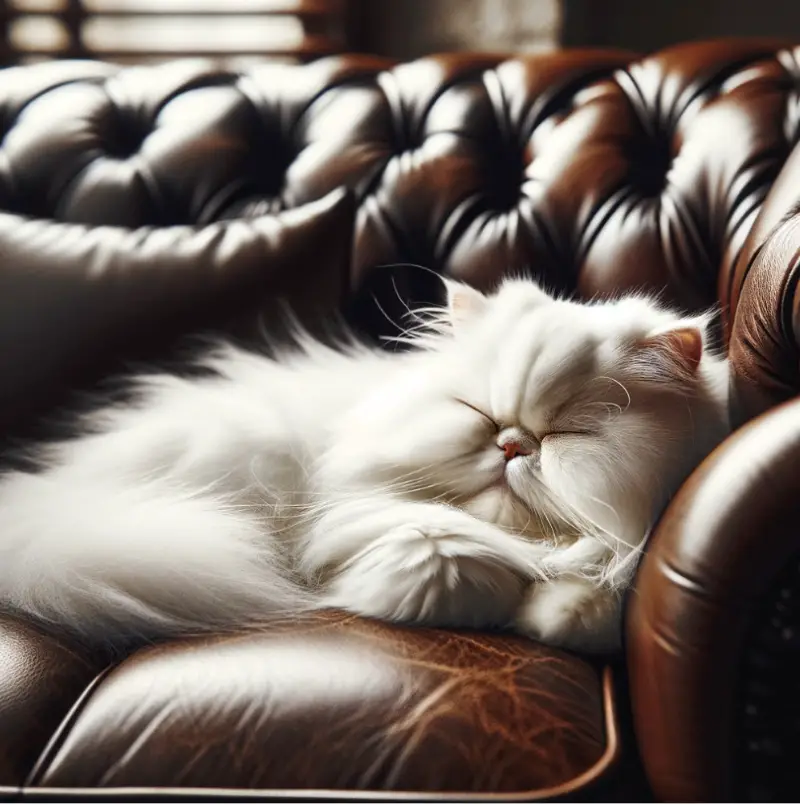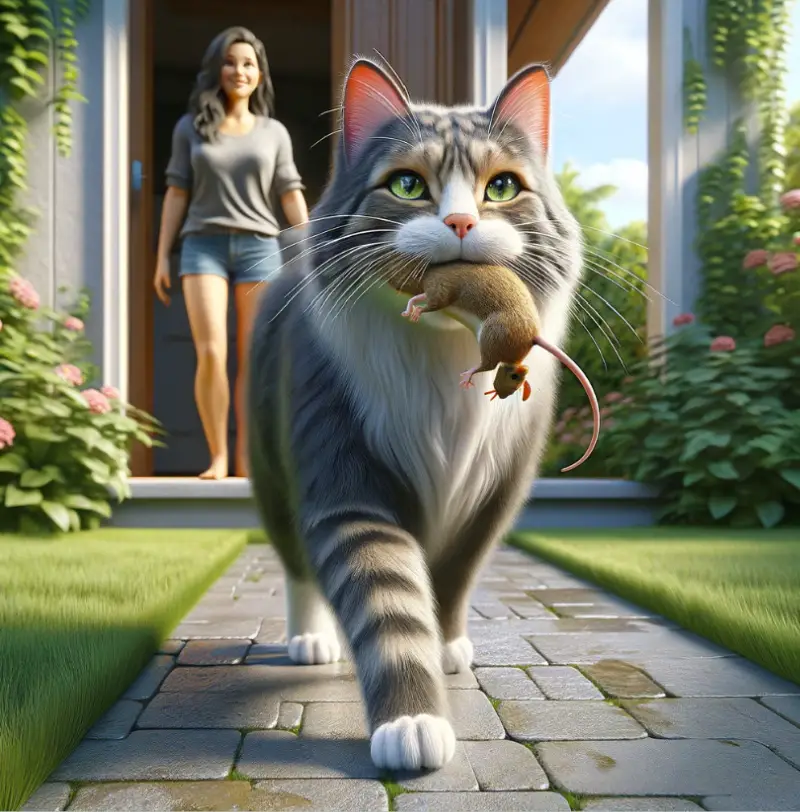Cats exhibit several unique behaviors and traits that set them apart from other animals. From their remarkable agility and independence to their mysterious social behaviors and communication methods, each trait provides a window into the evolutionary and adaptive aspects of their nature.
In this article we will explore some of the most distinctive characteristics that define felines. Whether you’re a long-time cat owner or simply curious about these fascinating animals, understanding these traits can deepen your appreciation for their complexity and charm.
So let’s shed some light on what makes them such unique companions in the animal kingdom.
1. Kneading
Cats often perform a kneading motion with their paws, pressing down alternately. This behavior is reminiscent of nursing kittens stimulating their mother’s milk flow. In adult cats, kneading is generally associated with comfort and contentment. It’s a behavior that is quite specific to felines and is often accompanied by purring. Aptly demonstrated below – sorry we couldn’t resist! (photo courtesy Deposit Photos!)
2. Purring
Speaking of purring, it’s one of the most well-known and unique cat behaviors. While some other species might produce similar sounds, the cat’s purr is unique in its frequency and mechanism. Cats purr for various reasons, including happiness, stress, and even as a self-healing mechanism, as the frequency of a cat’s purr has been suggested to promote healing and reduce inflammation. For more information please see our article: “The Science Behind Cat Purring: Why and How Cats Purr“.
3. Head Bunting
Cats show affection and mark their territory by head bunting, which involves bumping their heads against a person or another animal. This behavior also allows them to leave their scent, as cats have scent glands located on their cheeks and heads. While other animals might use head butting in different contexts, cats use it as a social bonding activity.
4. Chattering
Cats sometimes exhibit a peculiar jaw movement when they spot prey, such as birds or squirrels, typically through a window. This chattering behavior might be linked to their hunting instinct, possibly mimicking the killing bite or expressing frustration at not being able to reach the prey. It’s a fascinating behavior that is not commonly observed in other domestic animals. Be sure to check out a related post called: “Decoding Cat Trilling“.
5. Slow Blinking
Cats communicate comfort and trust through slow blinking or “cat kisses.” This gentle closing of their eyes in the presence of humans or other cats is a sign of relaxation and affection. It’s a subtle form of communication unique to cats, indicating they feel safe and are not a threat.
6. Gift Giving
While not exclusive to cats, their version of gift-giving—often presenting their owners with dead animals—is a manifestation of their natural hunting instinct. This behavior is believed to be a cat’s way of providing for their human family, teaching them to hunt, or simply sharing their “catch” as a gift.
These behaviors reflect the complex social and emotional lives of cats, showcasing their unique ways of expressing themselves and interacting with their environment. Understanding these unique characteristics not only enhances the bond between cats and their owners but also offers insights into the sophisticated natural instincts that have enabled cats to thrive both in the wild and in domestic settings.
